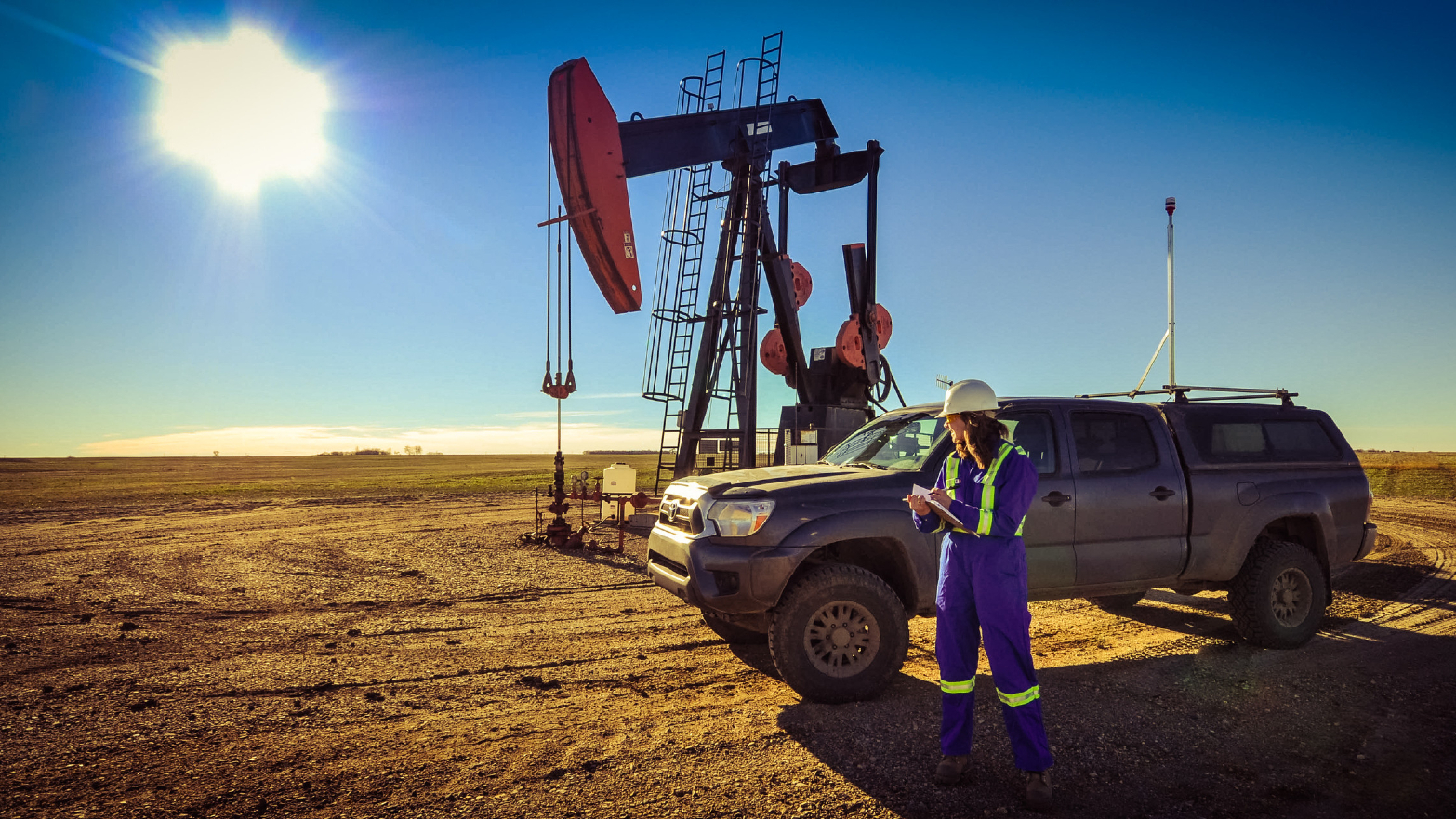WHITE RIGHT RIOT
Red Star Belgrade fans riot during Serbian title celebrationBELGRADE, Serbia (AP) — Several people have been injured and more than 100 Red Star Belgrade fans were arrested after violent clashes during boisterous celebrations of the club’s Serbian national league soccer title.

© Provided by The Canadian Press
The fans first set off fireworks from the bridges and banks of the Sava River in downtown Belgrade on Saturday evening and then went on a rampage through a Belgrade district where several popular restaurants are located.
Customers ran in panic or locked themselves inside the restaurants as fans demolished chairs and tables, broke windows and clashed with restaurant security guards who the Red Star fans claimed are supporters of the rival Partizan Belgrade club.
Serbia’s Interior Minister Aleksandar Vulin told the national RTS television station that about 130 mostly Red Star fans were arrested and that several people were injured during the riots.
“This will no longer be tolerated,” Vulin said. “This scum that shamed our city, Red Star and its celebration deserves to be sharply punished.”
The celebration by thousands of Red Star fans was announced in advance and was tolerated by authorities despite a ban on large gatherings because of the coronavirus pandemic.
Serbia has a history of tolerating hooliganism that often resulted in violence and outbursts of nationalism.
With the return of nationalists to power in Serbia nine years ago, far-right soccer supporters were often seen at pro-government rallies, acting as security while promoting a nationalist political agenda. In exchange, analysts say, the hooligans have been allowed to pursue their illegal business activities.
Several members of a radical Partizan fan group have been arrested since February and accused of murder, kidnapping and drug trafficking in what officials say is a major crackdown against crime.
The Associated Press
The fans first set off fireworks from the bridges and banks of the Sava River in downtown Belgrade on Saturday evening and then went on a rampage through a Belgrade district where several popular restaurants are located.
Customers ran in panic or locked themselves inside the restaurants as fans demolished chairs and tables, broke windows and clashed with restaurant security guards who the Red Star fans claimed are supporters of the rival Partizan Belgrade club.
Serbia’s Interior Minister Aleksandar Vulin told the national RTS television station that about 130 mostly Red Star fans were arrested and that several people were injured during the riots.
“This will no longer be tolerated,” Vulin said. “This scum that shamed our city, Red Star and its celebration deserves to be sharply punished.”
The celebration by thousands of Red Star fans was announced in advance and was tolerated by authorities despite a ban on large gatherings because of the coronavirus pandemic.
Serbia has a history of tolerating hooliganism that often resulted in violence and outbursts of nationalism.
With the return of nationalists to power in Serbia nine years ago, far-right soccer supporters were often seen at pro-government rallies, acting as security while promoting a nationalist political agenda. In exchange, analysts say, the hooligans have been allowed to pursue their illegal business activities.
Several members of a radical Partizan fan group have been arrested since February and accused of murder, kidnapping and drug trafficking in what officials say is a major crackdown against crime.
The Associated Press












